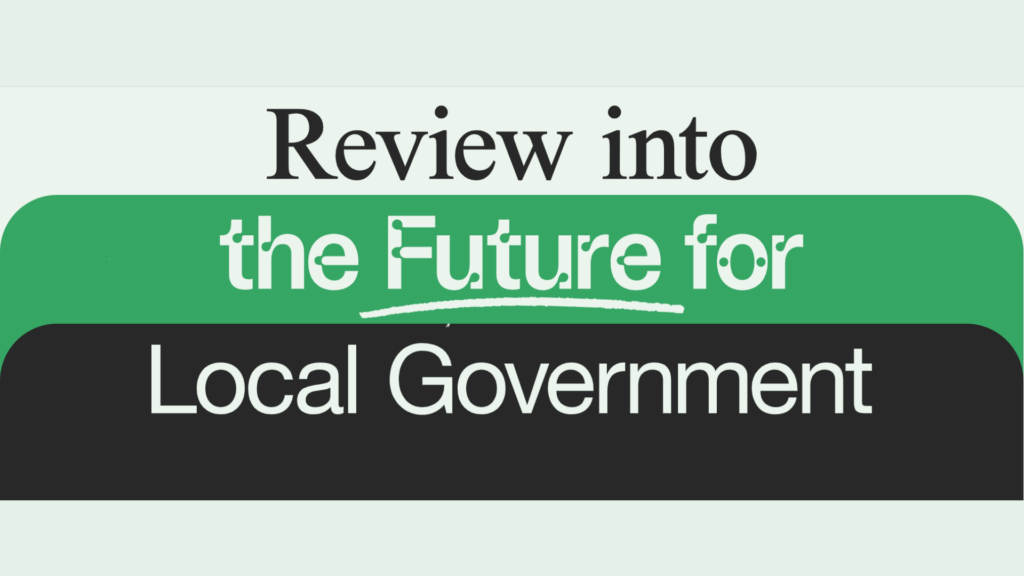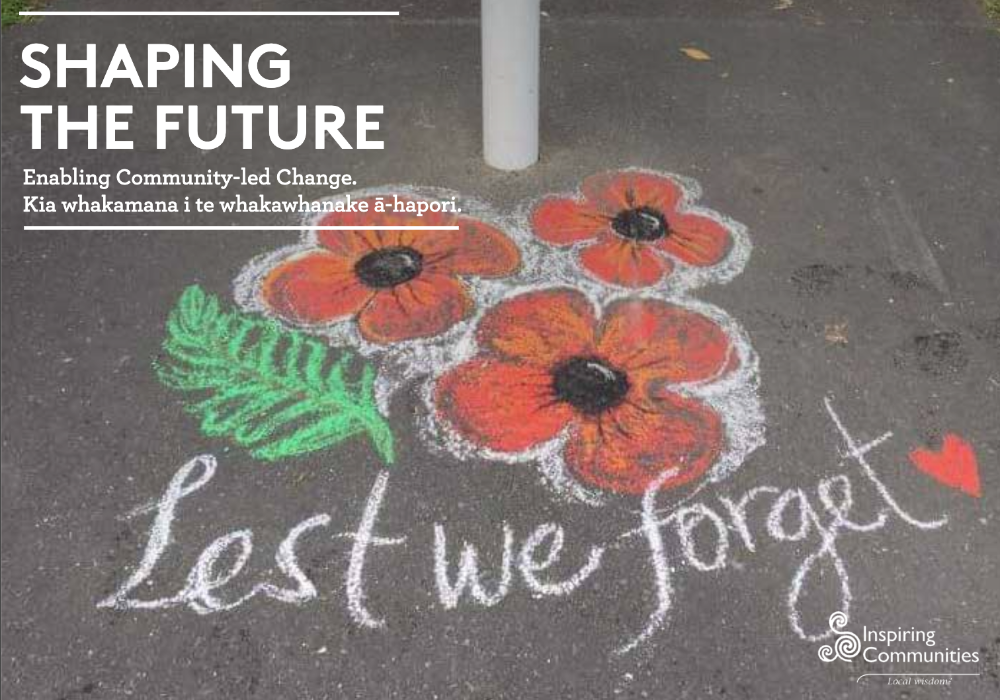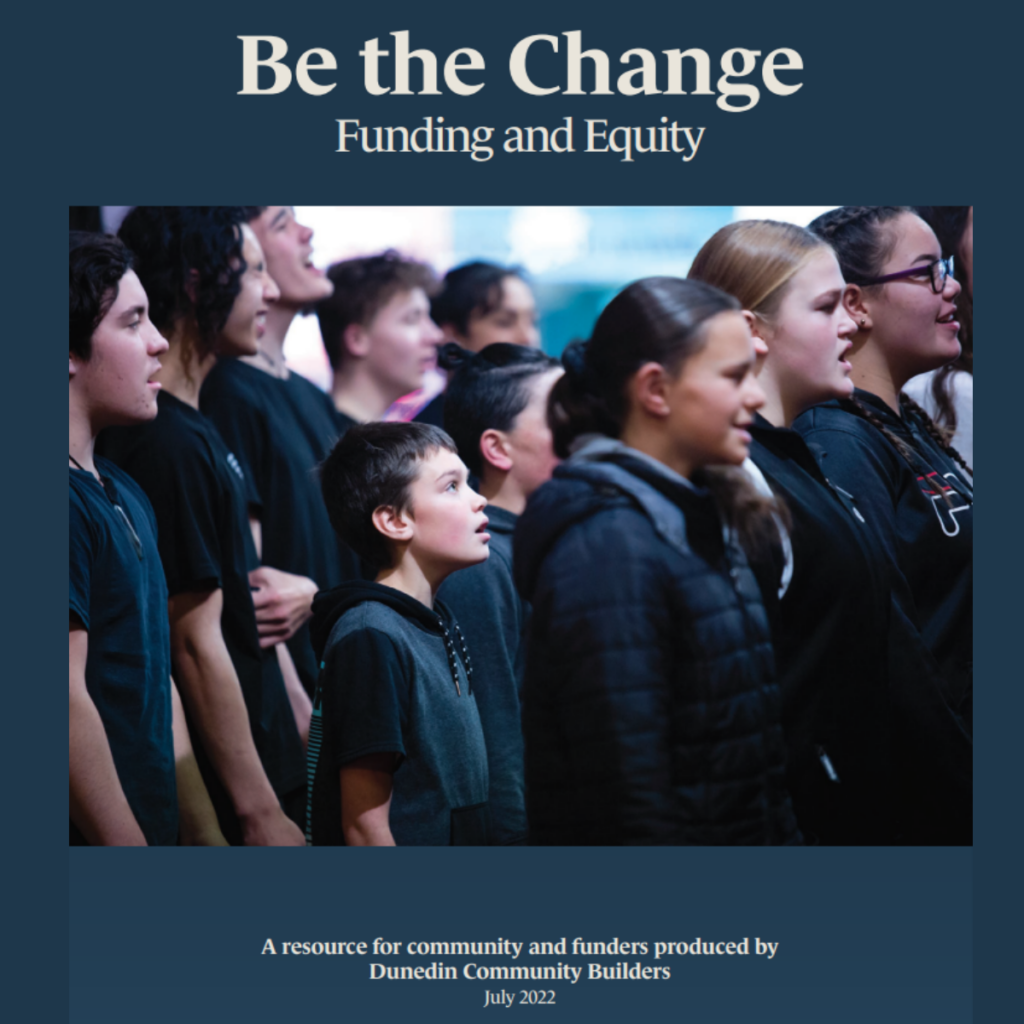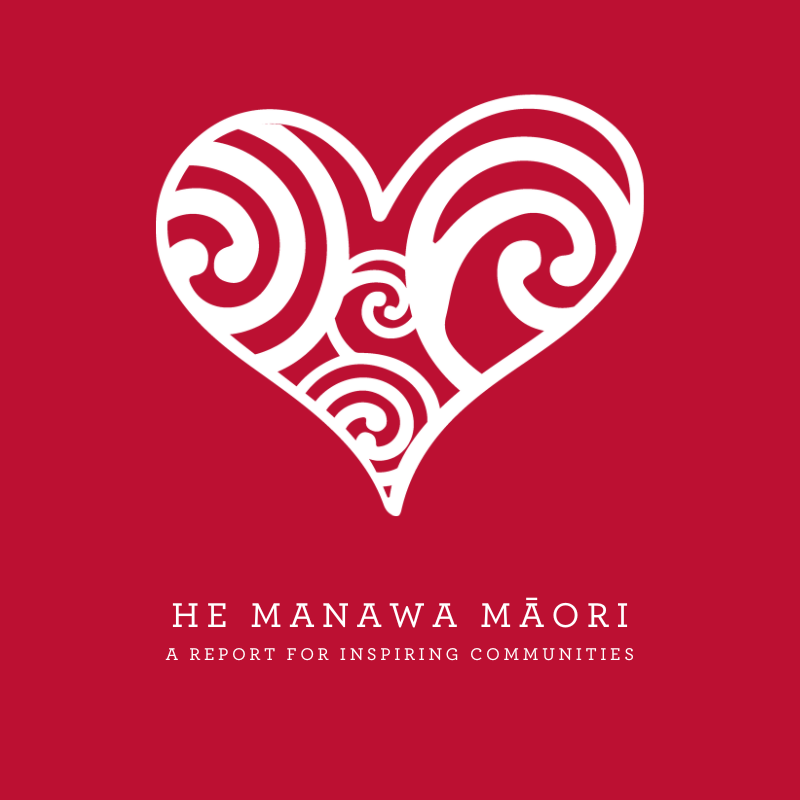





Centrally-enabled, Locally-led reports and resources
We've compiled some additional reports, webinars and reading for you to take a deeper dive into some background actions on this topic that inform how we look forward. Our thanks and appreciation to all those from across the Motu who have contributed to the below resources.
Locally-led Matters: Harnessing the power of local leadership
Watch our webinar from June 2022, where or speakers discuss the importance of local leadership and describe examples of co-governance working well for everyone.
Local Government review

Local Government New Zealand (LGNZ) and Taituarā – Local Government Professionals Aotearoa, called for a programme of work to ‘reimagine the role and function of local government’, in order to build a sustainable system that delivers enhanced wellbeing outcomes for our communities.
This draft report, He mata whāriki, he matawhanui, outlines the need for a local governance system in Aotearoa that is community-focussed and citizen-centred, based on strong relationships and partnerships.
This report intends to provoke further discussion and invites submissions to shape the final report and recommendations. Read and submit with your thoughts.
Embracing Te Tiriti, Fostering Community
In this June 2022 webinar, our speakers address the strengths of community-led development (CLD) and honouring Te Tiriti and Mātauranga Māori. How the strands that each hold are sometimes weaved together while at other times they can sit in parallel or alongside in place.
In this webinar, our speakers address the strengths of community-led development (CLD) and honouring Te Tiriti and Mātauranga Māori. How the strands that each hold are sometimes weaved together while at other times they can sit in parallel or alongside in place.
Reflections on Youth Employment
In August 2022, Seumas Fantham reflected on eight years of funding youth employment initiatives and the power embedded in local leadership in Aotearoa in this report for the Todd Foundation.

Increase trust, and reduce bureaucracy. If you have decided to trust and partner with a community – follow that through.
Reflections on Funding Youth Employment
Shaping the Future report

Mā te huruhuru, ka rere te manu.
Adorn the bird with feathers so it can fly.
While we produced this report during 2020 with Covid-19 as the focus – the lessons we learned, the experiences we had, and what we achieved goes far beyond – and it offers us all a chance to bring these ways of working into shaping the future.
Download our summary to better understand HOW you can take action and activate the six shifts required to authentically engage locals, hapū and iwi in collaborative, place-based projects.
Be the Change: Funding and Equity

Be the Change is a resource distilled from the kōrero that from across the Ōtepoti Dunedin community and funding sectors.
It centres the stories and experiences of the Dunedin community and offers the ‘how to’ of funding for change and equity, with top tips for each sector and case studies from grassroots community initatives that demonstrate the key ingredients to build capacity, trust and strength in community-led mahi.
A fair chance for all: Breaking the cycle of persistent disadvantage

The Government has asked the Productivity Commission to undertake an inquiry into economic inclusion and social mobility – A fair chance for all – with a focus on helping those experiencing persistent disadvantage.
The Commission is releasing its preliminary findings and recommendations so the final report can benefit from review and critique by a wide range of stakeholders.
He Manawa Māori – A Māori Heart

In February 2022, Victor Walker (Te Aitanga-a-Hauiti) was contracted by Inspiring Communities to help the organisation with its Treaty honouring journey mahi.
The intention was to have conversations with Māori who have established relationships with IC and CLD to learn about their experience and what value, if any, Inspiring Communities has been, explore how they see Community-led Development aligning, intersecting, or supporting Hapū, Iwi, Māori development and to gather ideas and insights on the most useful roles, steps and mahi for others are in this space.
This report is the result of those conversations, including key observations and recommendations for next steps.
